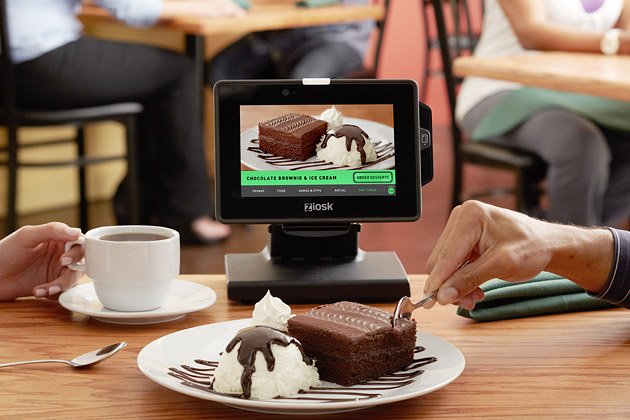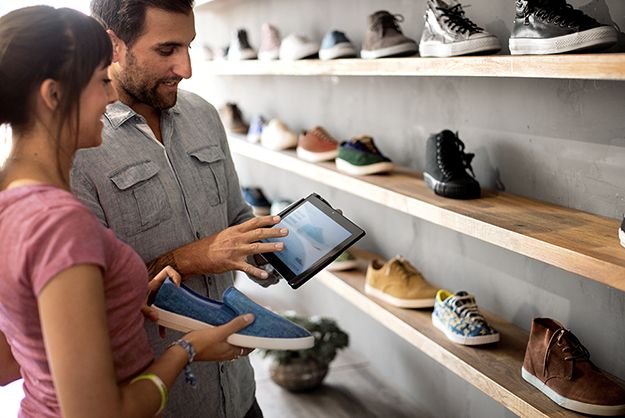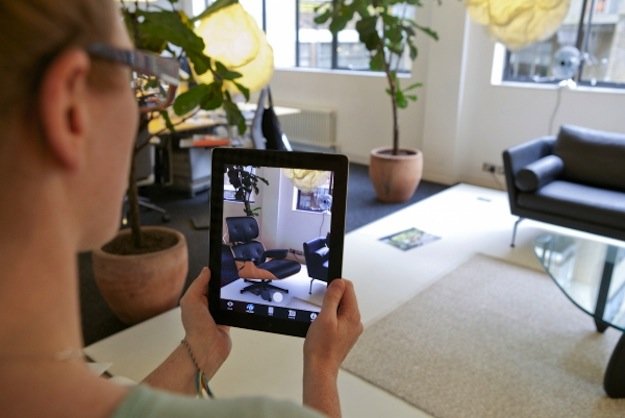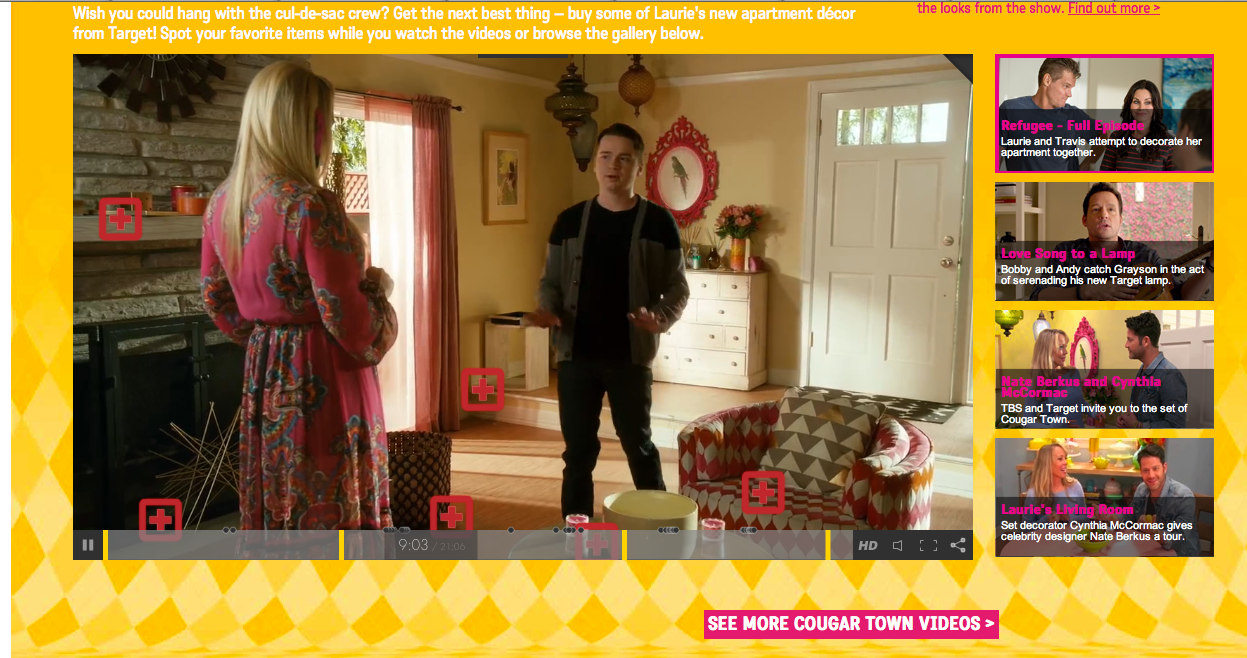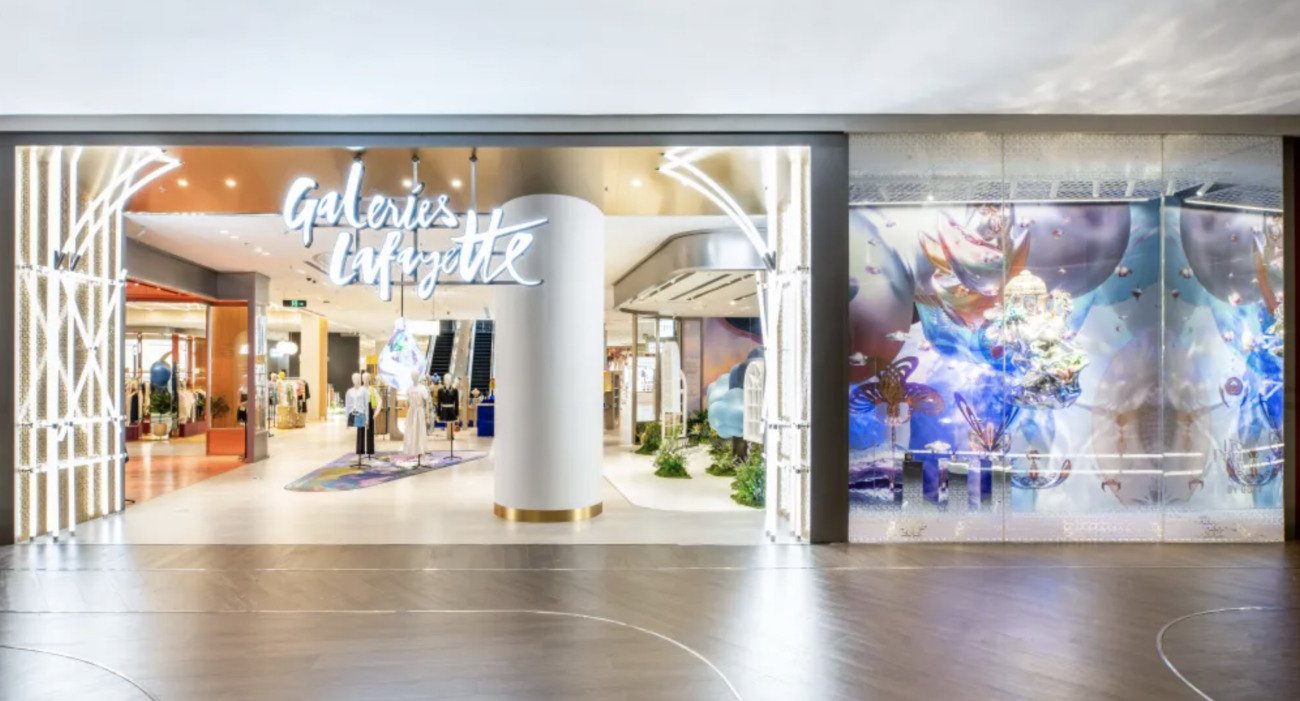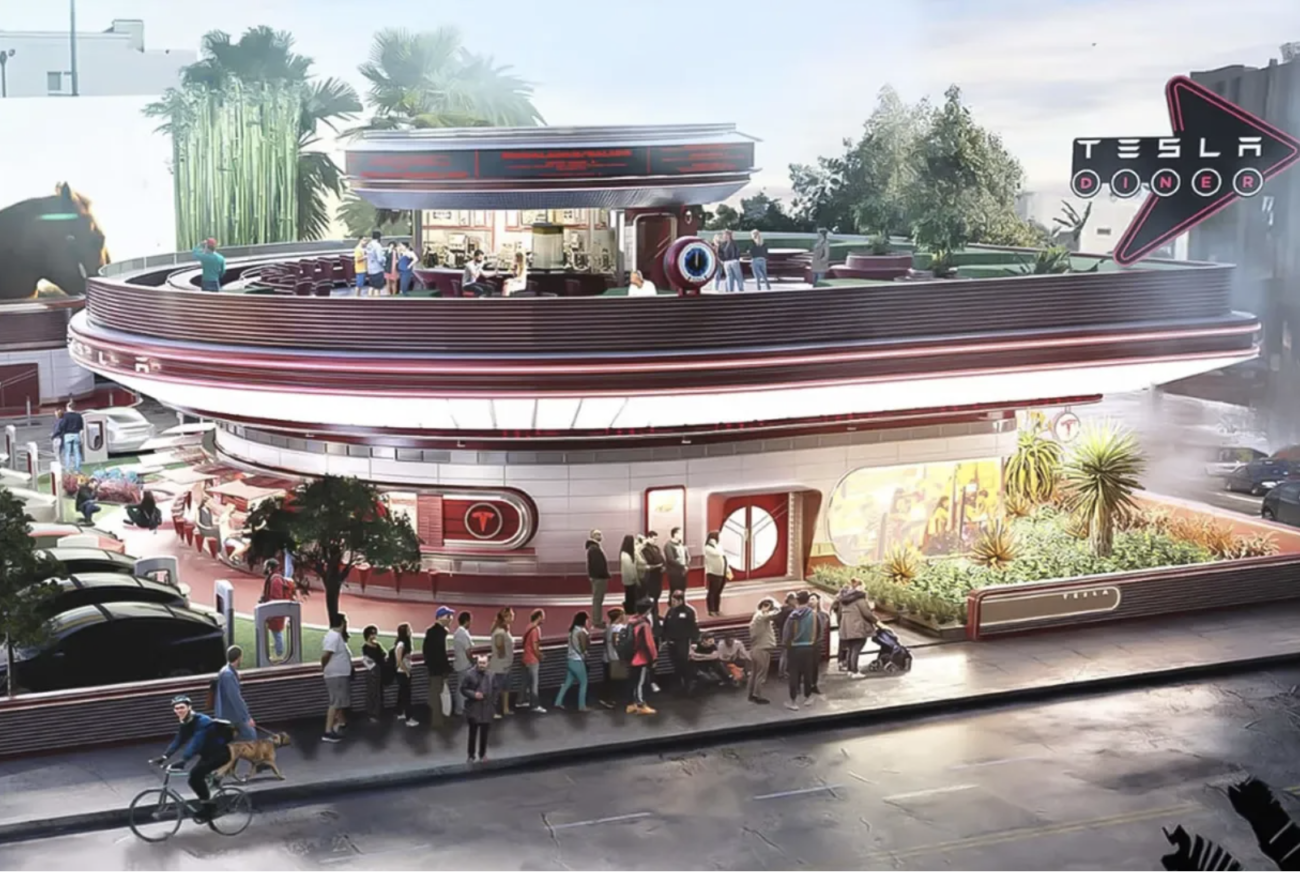The Growing Role Of Tablets In Retail
Tablets are blending the best of digital and real worlds in retail, ensuring customers are satisfied in line with their evolving expectations. Portability, versatility and increasing computer performance of tablets are bringing completely new experiences, changing

Tablets are blending the best of digital and real worlds in retail, ensuring customers are satisfied in line with their evolving expectations.
Portability, versatility and increasing computer performance of tablets are bringing completely new experiences, changing how we enjoy entertainment, shop, gather information, communicate and blend our digital and real worlds. This series by PSFK and Intel explores how improving tablet capabilities are changing the status quo in many aspects of our lives.
Shopping from a mobile device was a farfetched notion for most people just five years ago, but today it’s not uncommon to use a smartphone or tablet to shop then buy something from virtually anywhere. Retailers are reacting by becoming more digital, interactive and even social network savvy in order to meet new demands of mobile technology equipped shoppers.
While their use as personal devices is feeding the trend, tablets are playing a bigger role both in online shopping and inside restaurants and retail stores. Tablets are helping retailers to provide better customer services and dial up shopper delight with new experiences, all while helping their business hit the bottom line.
The future of tablets in retail is already here, according a report by RIS News, which determined that the number of retails testing tablets reached nearly 11% in 2013, doubling from the prior year. The total worldwide sales of tablets to surpass 380 million units this year, pushing the global installed base of tablets beyond 900 million, according Forrester Research. Put another way, tablets will be used by over one in eight people on earth.
Sheer numbers don’t tell the story about innovation that is occurring as the tablet market matures. New designs, such as Microsoft’s PixelSense and Lenovo’s IdeaCenter Horizon, which blend a desktop or tabletop PC functions with big touchscreens into so-called all-in-one devices, are showing how tablets might lead to new multi-user experiences inside stores.
Many retail brands are already experimenting with tablet shopping experiences. Tablets might turn an ordinary dressing room into a place where fashionistas try on new clothes then capture and share selfies through their social networks. Others are exploring how giant touchscreens on showroom floors could become interactive mirrors people use to assess the potential for new purchases.
The experimenting also is focused on how people are using their own tablets or tablets made available inside stores. In order to capture and entice people’s interest then lead them to the right product at the right price, retailers are learning to adapt to shoppers using personal devices before, during and after purchases.
With the portability of a phone and their responsive, easy-to-use touchscreens, tablets have been especially instrumental in changing how people access relevant information, explore products and complete transactions. What’s more, tablets are a tool for blending digitized objects, say a shirt or accessory, with the real world using augmented reality applications that utilize high quality cameras and processing power of tablets.
AR applications for tablets are helping people do everything from pick the perfect color to match close in their closet or their skin tone. They are allowing people to visualize prospective purchases by layering ‘digital products’ onto the real-world.
Facial-recognition company ModiFace has created a 3D Augmented-Reality Makeup mirror which simulates how makeup products look on a shopper’s face in real-time. Consumers can choose from an array of beauty products that include blush, eye shadow and anti-wrinkle cream, and through a shade palette on the tablet’s screen, can visualize the products on a split “before” and “after” screen. The app even allows shoppers to see makeup and skincare effects from different angles, as they turn their tablet from side-to-side.
From faces to spaces, furniture company Floored enables their customers to ‘try-on’ entirely new environments, using an immersive, interactive 3D modeling application. Would-be buyers can manipulate by their interior view by turning their tablet side-to-side, offering a real-time window into their future home office. The models are so realistic they factor in elements such as the angle of the sun, creating a facsimile of a 3D space that constantly recalibrates itself as people tailor it to their needs.
The Floored application builds off the success of applications like Sayduck, which has created an augmented reality app that allows users to see how a piece of furniture looks inside their home before buying it. This augmented reality viewer utilizes the live camera feed of a mobile device and projects a virtual representation of the object in real-time on a tracking marker, allowing the user to view the virtual object from any angle. Both applications solve the problem of picturing how a piece of furniture would fit in its intended environment.
For those who will always prefer the more intimate experience of visiting a retailer in person, tablet technology in store is helping to ensure the correct fit for customers. Acustom apparel in NYC makes everything custom-fit to people with the help of 3D body scanner. Using its digital measuring technologies, the store gathers 200,000 data points to create a 3D body model which is then fed into its proprietary algorithms to create custom clothing.
For consumers already interacting with multiple screens at one time while at home, the idea of injecting retail experiences into this larger device ecosystem seems like a natural progression. To reach shoppers at home, Target placed over 25 products from the new Nate Berkus home collection in an episode of the TBS comedy series “Cougar Town”, in which one of the show’s character, went on a Target shopping spree to buy things for her apartment. The episode, which was broadcast at its regularly scheduled time, was also simulcast online at ShopCougarTown.com, where viewers were encouraged to buy the featured items. The online version of the episode showed flashing red signs on the featured products. Clicking on the signs using a tablet or computing device brought viewers to the product pages on Target.
In a culture of seemingly infinite choice, retailers are helping customers cut through the clutter by analyzing context and relevance of a shopper’s behavior so they can present the right product options at the right time.
To raise interest in what people could make with their mayonnaise, Hellmann’s installed touchscreen tablet computers on the grocery carts at the largest supermarket chain in São Paulo, Brazil. The devices could detect radio frequency identification or RFID tags on the products inside the carts to suggest recipes that use the condiment. The tablets also served as an additional informational resource, supporting shoppers throughout their trips.
Tablets are undoubtedly playing a pivotal role in this space, offering retailers a chance to deliver new, computationally rich and meaningful visual experiences that engage shoppers whether they are inside a store or not. These highly interactive experiences are engaging shoppers, who are using tablets to blend the best of digital and real worlds, whether they’re just browsing or hot on the trail for that new thing they need to have now in the right size, color and at the right price.
Timothy Ryan, PSFK
 English
English



